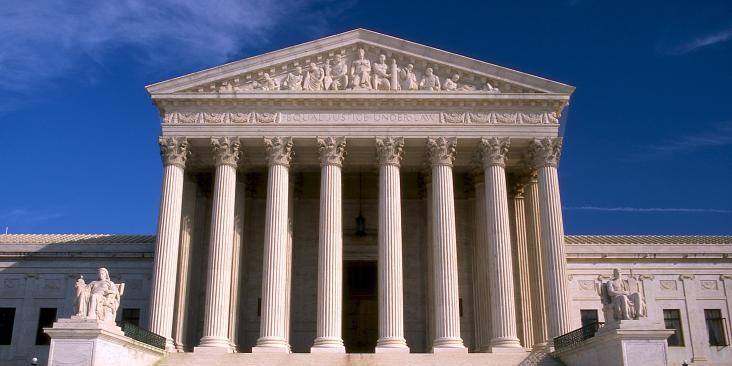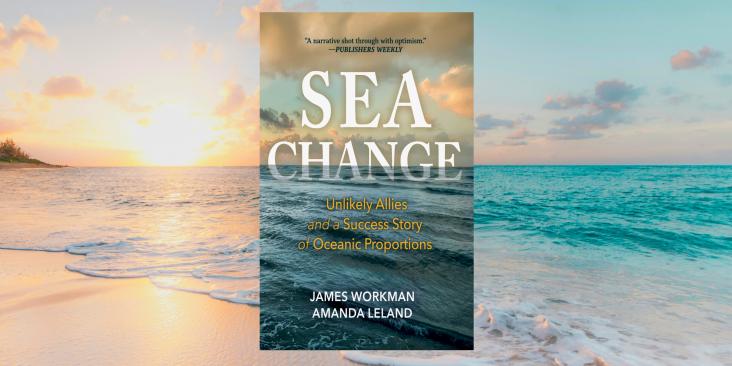By Madeline Thompson, EDF Legal and Regulatory Intern
Energy affordability has become a major concern for customers as utility rates rise across the country. Since 2001, the average cost of electricity per kilowatt has nearly doubled for residential customers, according to the U.S. Energy Information Administration. Low-income households are facing the brunt of this burden. According to 2024 research, low-income households in the U.S. spend about 17% of their income on utilities, about three times the national average.
To combat the effects of rising energy costs and the major toll they take on low-income households, some states have implemented a “low-income discount rate.” The idea is to lower electric bills for those who make less than a certain income threshold, such as below the state median income or the federal poverty line. However, implementation varies from state to state, ranging from mandatory low-income rates- by statute, to state public utility commissions authorized to approve rates promulgated by utility companies. Following is an overview of how numerous states are implementing these rates in an effort to make sure energy is affordable to all.
Energy affordability for all: How states are reducing energy cost burdens through rate-setting Share on XLow income discount rates are authorized by statute
Six states have enacted statutes that require a separate rate calculation for low income utility customers. In these statutes, the state Public Utility Commission determines the type of discount program and subsequently directs each utility company to implement it. This model is mostly concentrated in the Northeast and West.
In the Northeast, Massachusetts, New Hampshire, New York and Connecticut each have a straight discount rate codified by law or Commission order. Connecticut’s unique structure was borne out of the state’s quasi-judicial Public Utility Regulatory Agency in 2024. While PURA is not an executive state agency, it is charged with “interpreting and applying all laws and regulations governing the state’s utility sector,” which includes setting rates, and regulating retail electric supply. PURA’s ratemaking procedure uses data from Connecticut’s Department of Social Services to automatically enroll and provide energy bill discounts to customers who qualify. The discounts are covered by all Connecticut ratepayers through a “public benefits charge” on their bills.
In the West, California and Oregon have promulgated a law or commission rule that offers tiered discount rates on energy bills for low income customers[i]. The law authorizing California’s discount rate program also established an oversight board, which advises the state’s Public Utility Commission.[ii]
Low income discount rates are approved by regulators
Five states, including Indiana, Maryland, Washington, Colorado and most recently New Mexico have created some sort of framework [iii] that allows a low income discount rate to exist, but the states decline to implement one by law, instead opting for less regulatory power for the states’ utility commissions.
Maryland, Washington and Colorado Public Utility Commissions are authorized to approve energy affordability measures by investor-owned utility companies. Maryland and Washington have state laws mandating utility providers submit proposals for low income affordability plans to the commission for approval. In Colorado, regulations promulgated by the Public Utility Commission require investor-owned utilities to create their own low-income rate structures, subject to commission approval.
New Mexico and Indiana authorize, but do not require, their state commissions to approve additional rate structures. These additional rate structures allow utility companies to respond to market conditions, and also provide sufficient flexibility for utilities to create new affordable rate configurations. This structure charges state regulators with holding utilities accountable for rate structures that are reasonable and fair.
Regulators review programs and recommend but do not require action
Rhode Island and Illinois have uniquely open-ended statutory provisions addressing low income rates. Rhode Island requires its Public Utility Commission to conduct an annual comprehensive review of all utility programs that impact low income customers. [iv] This annual review may include recommendations for cost-benefit analyses of implementing assistance programs, like a discount rate. However, there is no requirement that utilities incorporate programs according to the recommendations. This structure acknowledges that rate-setting could be a solution for the state’s low-income population, but declines to authorize government to take any action in that direction.
Illinois likewise directed its Commerce Commission to file a report with the General Assembly on low-income discount rates, and authorized it to approve discount rates. As discussed below, however, an intermediate court of appeal appeared skeptical of the level of discretion the statute granted to the Commission in the design of such rates.
Challenges to low-income discount rates
Ratemaking statutes and other actions seeking to make utilities more affordable to low income ratepayers have not been without pushback. Illinois and Connecticut lawmakers have faced legal challenges to their states’ low income programs.
In Illinois, a successful legal challenge vacated the state’s low income discount rate plan. The plan had been implemented after a study commissioned by state regulators at the Illinois Commerce Commission, which recommended allowing utilities to propose low income discount rates to promote affordability. The regulators then approved an affordability plan coming from the state Attorney General’s office, but that plan was challenged in court by utility companies claiming that the Commission did not have the authority to promulgate this rule.[v] The court agreed with the utility companies, holding that in order to mandate long-term infrastructure plans the Commission had to go through a rulemaking process required by the Illinois Administrative Procedure Act.
Connecticut is also facing legal challenges. As of this writing, at least two regulated Connecticut utilities have challenged the wisdom of the discount rates, and separately filed lawsuits against the chairwoman of PURA, accusing her of bypassing the other commissioners and issuing unilateral decisions. Those lawsuits challenge multiple policies recently adopted by PURA, but they could implicate the low-income discount rates adopted by PURA.
Conclusion
Energy affordability is likely to continue to be a challenge for ratepayers, and efforts to alleviate energy burdens for lower income customers will be part of the solution. The twelve states discussed above, with their several approaches to increasing affordability, can be a model to other states looking to ensure that energy remains affordable to all ratepayers.
[i] CA Pub Util Code § § 739.1; P.U.C. OR No. 36
[ii] CA Pub Util Code § 739.1(f)(1)
[iii] Indiana Code, § 8-1-2.5-1; MD Public Utilities Code § 4-309(c)(2); RCW 80.28.068(1); CO Rev Stat § 40-3-106; NM Stat §62-8-6, 7
[iv] RI Gen L § 39-2-1(e). (2024)
[v] Ameren III. Co. v. Ill. Commerce Comm’n, 2025 IL App (5th) at *132 240014-U (Jan. 16, 2025)










